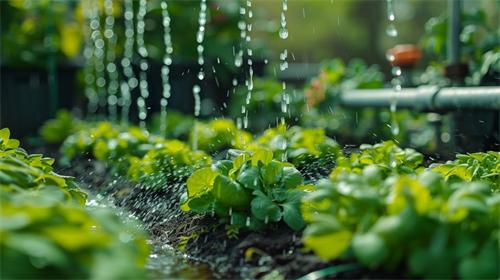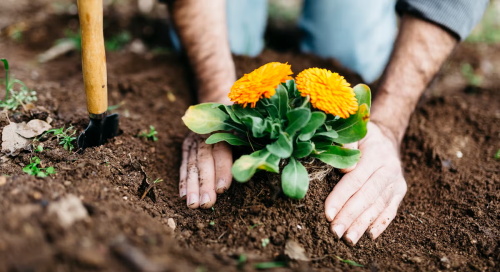
Capturing rainwater from rooftops transforms an ordinary backyard into a self-sustaining oasis, reducing reliance on treated municipal supplies while mitigating stormwater runoff. By implementing straightforward collection systems—ranging from simple barrels to larger cisterns—home gardeners can tap into a free, nutrient-rich water source that supports soil vitality, bolsters plant resilience, and even lowers utility bills.
In many regions, municipal water supplies are under growing stress due to population pressure and climatic shifts, making conservation in the home garden vital. Diverting roof runoff into storage not only lessens demand on centralized water systems but also curbs the volume of stormwater carrying pollutants into local waterways. Moreover, using harvested rainwater can translate into significant cost savings over time, as homeowners spend less on potable water for irrigation, especially during peak summer months.
Understanding Rainwater Harvesting Basics
At its core, rainwater harvesting involves collecting precipitation from impervious surfaces—most commonly rooftops—and channeling it into storage vessels like barrels or cisterns. A rain barrel is typically a 50–100-gallon container placed beneath a downspout; it captures “first flush” roof runoff that would otherwise go to waste. Cisterns, larger and often buried or elevated, enable greater storage capacity and can feed pumps for more extensive irrigation or household non-potable uses.
Components of a Basic System
● Roof and Gutters: Ensure your roof material is safe for water collection and that gutters are clean and properly pitched toward downspouts.
● First-Flush Diverter: Optional devices purge initial debris and contaminants from entering your tank.
● Storage Vessel: Use barrels designed for water storage to withstand freezing and UV exposure.
● Outlet and Overflow: A spigot at the base allows easy access for hoses or watering cans, while an overflow pipe directs excess water safely away from foundations.
Setting Up Your Rainwater Collection System
To get started, position your rain barrel on a sturdy, level platform—such as concrete blocks—to boost water pressure and ease access to the spigot. Connect a downspout extension or diverter directly into the barrel’s inlet, screening it with fine mesh to keep out leaves and insects. For multiple barrels, link them with interconnecting hoses or a manifold, maximizing capture during heavy storms.
Benefits for Plants and Soil Health
Rainwater is naturally soft, free from added chlorine and fluoride found in municipal water, and often slightly acidic, which helps leach salts from the soil. This purity and pH balance support microbial activity in the root zone, leading to healthier, more vigorous plants. Additionally, tapping rainfall at its source reduces erosion around beds and pathways by preventing concentrated runoff during downpours.
Maintenance and Best Practices
Regularly inspect and clean inlet screens to prevent clogging and mosquito breeding. After each season, drain and clean barrels to remove sediment buildup and check for cracks or leaks. Incorporate an overflow valve—a simple T-fitting or flexible pipe—to reroute excess water, protecting your foundation and nearby plants. Before installing large systems, verify any local ordinances or homeowners’ association rules regarding rainwater collection.
Harnessing rain from your rooftop reconnects gardeners to the natural water cycle, fostering sustainable landscapes that thrive with minimal environmental impact. Whether you install a multi-barrel setup or simply position a few buckets, every drop you capture brings you one step closer to a resilient, eco-friendly garden—rooted in rain and blossoming through stewardship.
Recommend:

No-Dig Gardening: A Sustainable and Low-Maintenance Approach to Cultivating Your Garden

No need to rush to pay off the loan before the floating rate mortgage is reset

Visit Japan by Train: A Comprehensive Guide for Travelers

Top 5 Lesser Known Destinations in the Canadian Rockies

